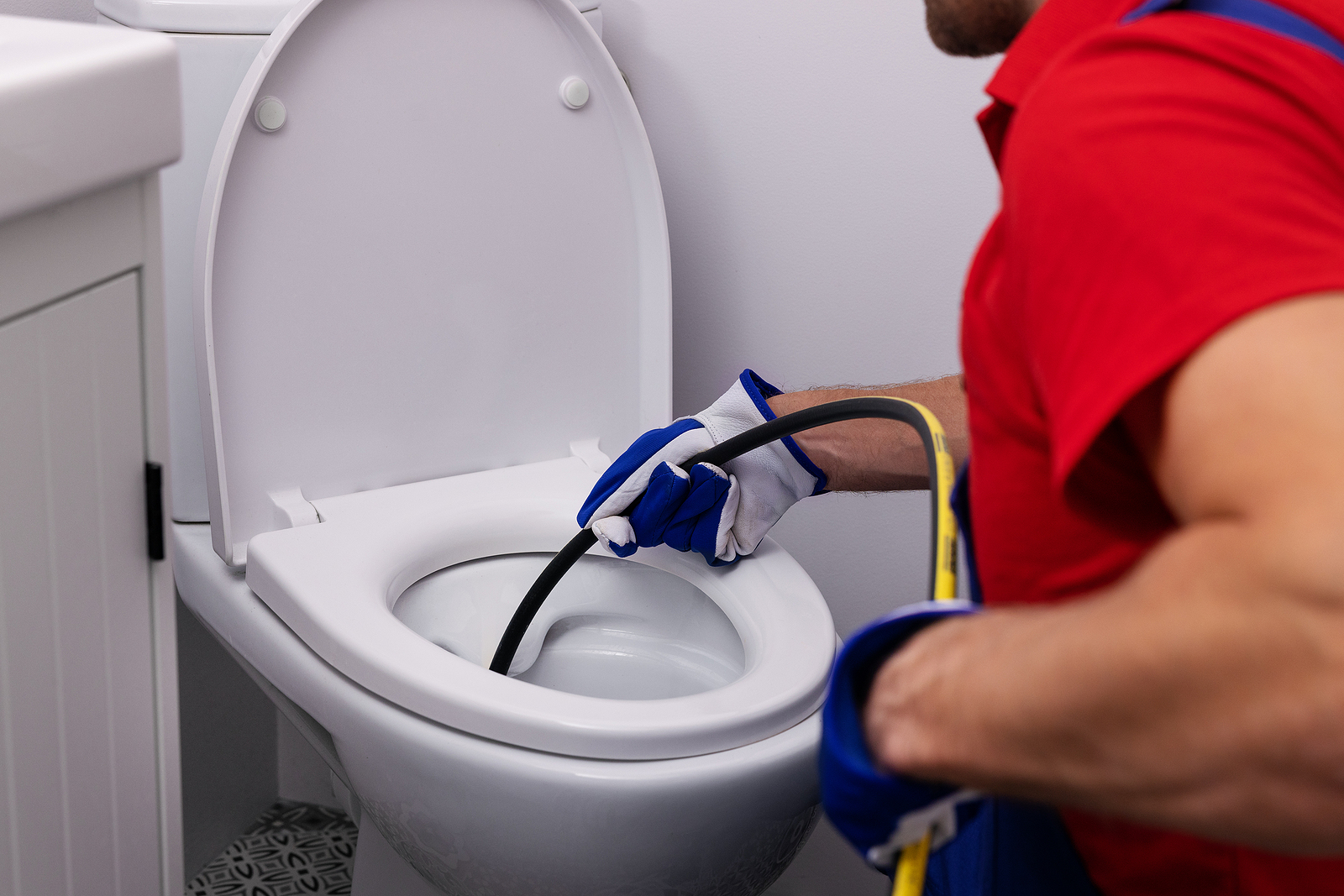
Searching far and wide but not knowing how to fix your toilet can be frustrating. That's why we have created this guide to explain how a toilet actually works! This knowledge will come in handy when you are troubleshooting any issues with your toilet or performing regular maintenance.
After all, toilets are an essential fixture in every household. We use them multiple times a day without giving much thought to how they actually work. But have you ever wondered what happens after you flush the toilet? Let's take a look at how a toilet works!
The Flush Mechanism
The flush mechanism is the heart of a toilet and is responsible for removing waste from the bowl. When you push the flush handle or button, a chain or lift wire is pulled that lifts the flapper valve at the bottom of the tank. This releases water into the toilet bowl, creating a siphon effect.
The siphon action sucks out all the waste and water from the bowl and sends it down through the drainpipe to your home's sewage system. As this happens, the tank is refilled with clean water from the supply line.
The Components Involved
There are several components involved in a toilet's flush mechanism. These include:
- Flush handle or button: This is what you push to activate the flushing process.
- Chain or lift wire: This connects the flush handle to the flapper valve and lifts it when activated.
If the chain or lift wire is too long or short, it can cause issues with flushing.
- Flapper valve: This rubber flap covers the flush valve opening and prevents water from entering the bowl until flushed. When lifted, it allows water to enter the bowl for flushing.
- Flush valve: This is a large plastic or metal tube that connects the tank to the toilet bowl. It releases water into the bowl during flushing.
- Refill valve: Also known as the ballcock or float valve, this mechanism replenishes the water in the tank after flushing.
Understanding Overflow Tubes
You may have noticed a small vertical tube attached to your toilet's fill valve. This is called an overflow tube, and its purpose is to prevent potential flooding of your bathroom in case the refill valve fails to shut off.
When the water reaches a certain level, it will flow into the overflow tube and down into the bowl rather than spill onto your bathroom floor.
Common Issues with Toilet Flush Mechanisms
As with any mechanical system, there are common issues that can arise with toilet flush mechanisms. These include:
- Not enough flushing power: This can be caused by a weak flush handle or button, a damaged flapper valve, or clogged rim jets in the bowl. It may also indicate that there is not enough water flowing into the tank.
- Continuously running toilet: If your toilet runs for an extended period after flushing, it could mean that the flapper valve is not sealing properly or that there is a problem with the refill valve.
- Leaking toilet: A leaky toilet can waste a significant amount of water and lead to higher water bills. This could be caused by a faulty flapper valve, a cracked tank or bowl, or loose connections within the flush mechanism.
Troubleshooting Common Issues
If you are experiencing any issues with your toilet's flushing mechanism, here are some troubleshooting steps you can take:
- Check the flapper valve: Lift the tank lid and check if the flapper valve is sealing properly. If it appears damaged or worn, replace it.
- Adjust the water level: If your toilet is not flushing with enough power, adjusting the water level in the tank may help. This can be done by adjusting the float on the refill valve or adjusting the refill tube's height.
- Clean the rim jets: Over time, mineral deposits and debris can clog the rim jets in the bowl, reducing flushing power. Use a small brush or pipe cleaner to clean them out.
- Check for leaks: To detect any hidden leaks, add food coloring to the tank and wait for a few minutes. If the colored water appears in the bowl, there is a leak that needs to be addressed.
- Replace damaged parts: If you find any cracked or broken components within the flush mechanism, it is best to replace them with new ones.
- Call a professional: If you are unable to troubleshoot the issue yourself, it may be time to call a professional plumber for assistance. They will have the necessary expertise and tools to diagnose and fix any problems with your toilet's flushing mechanism.
Get In Touch With Our Team Today
Here at Titan Plumbing and Electric, we understand the frustration and inconvenience of dealing with a malfunctioning toilet. That's why our team is dedicated to providing efficient and reliable solutions for all your toilet troubleshooting needs.
Whether you need help fixing a faulty flush mechanism or want to upgrade to a more water-efficient model, our experienced plumbers are here to help. All you need to do is give us a call at 813-328-5450, and we'll take care of the rest.


